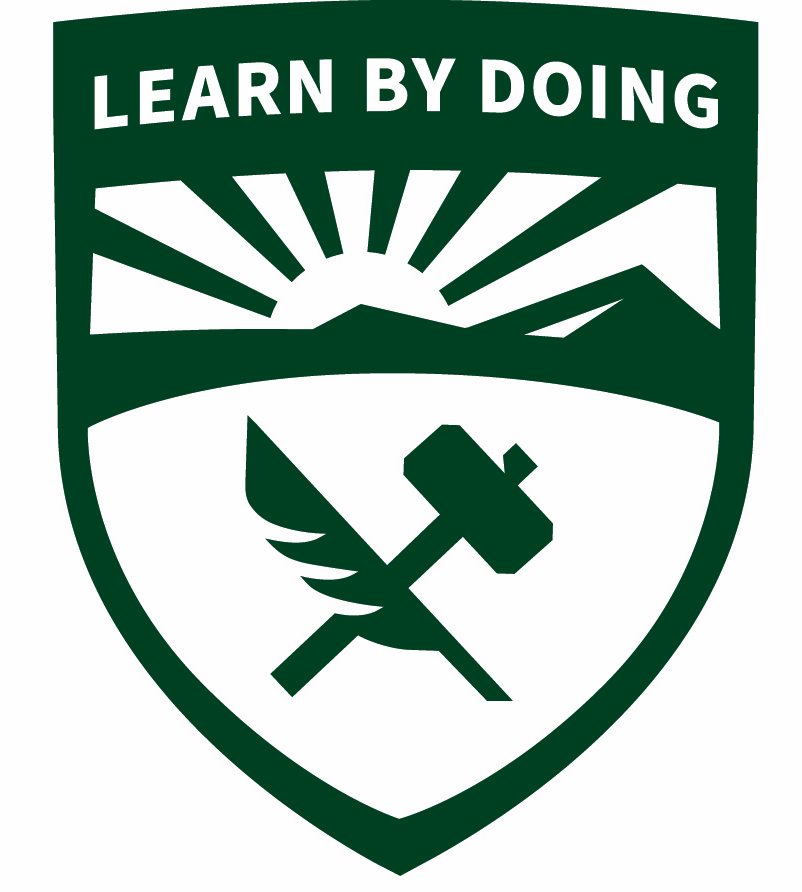- “Building capacity for undergraduate education and training in computational molecular science: A collaboration between the MERCURY consortium and the Molecular Sciences Software Institute,” Ashley Ringer McDonald, Jessica A. Nash, Paul S. Nerenberg, K. Aurelia Ball, Olaseni Sode, Jonathon J. Foley IV, Theresa L. Windus, and T. Daniel Crawford, International Journal of Quantum Chemistry 120, e26359 (2020) https://doi.org/10.1002/qua.26359
- “Fluoreno[2,1-a]fluorene: an ortho-naphthoquinodimethane-based system with partial diradical character”, Allison S. Hacker, Mauricio Pavano, James E. Wood II, Hannah Hashimoto, Kyle M. D’Ambrosio, Conerd K. Frederickson, Jose L. Zafra, Carlos J. Gomez-Garcıa, Veronica Postils, Ashley Ringer McDonald, David Casanova, Derik K. Frantz, and Juan Casado. Chemical Communications 55 14186-14189 (2019) https://doi.org/10.1039/C9CC07474K
- “Beyond the Analytical Solution: Using Mathematical Software to Enhance Understanding of Physical Chemistry” Ashley Ringer McDonald and John P. Hagen. In ACS Symposium Book: Using Computational Methods to Teach Chemical Principles. Ch. 14, 192-210 (2019)
- “Computational models for activated human MEK1: Identification of key active site residues and interactions,” Kimberly R. Sabsay, Rebecca T. Lee, Leandre M. Ravatt, Javin P. Oza, and Ashley Ringer McDonald, Journal of Chemical Information and Modeling 59, 2383-2393, (2019) https://doi.org/10.1021/acs.jcim.8b00989
- “Psi4Education: Computational chemistry labs using free software,” Ryan C. Fortenberry, Ashley Ringer McDonald, Tricia D. Shepherd, Matthew Kennedy, and C. David Sherrill, in The Promise of Chemical Education: Addressing our Students’ Needs 1193, Ch.7: 85-98 (2015)

Ashley Ringer McDonald, Ph.D.
Computational Chemistry Group at Cal Poly San Luis Obispo